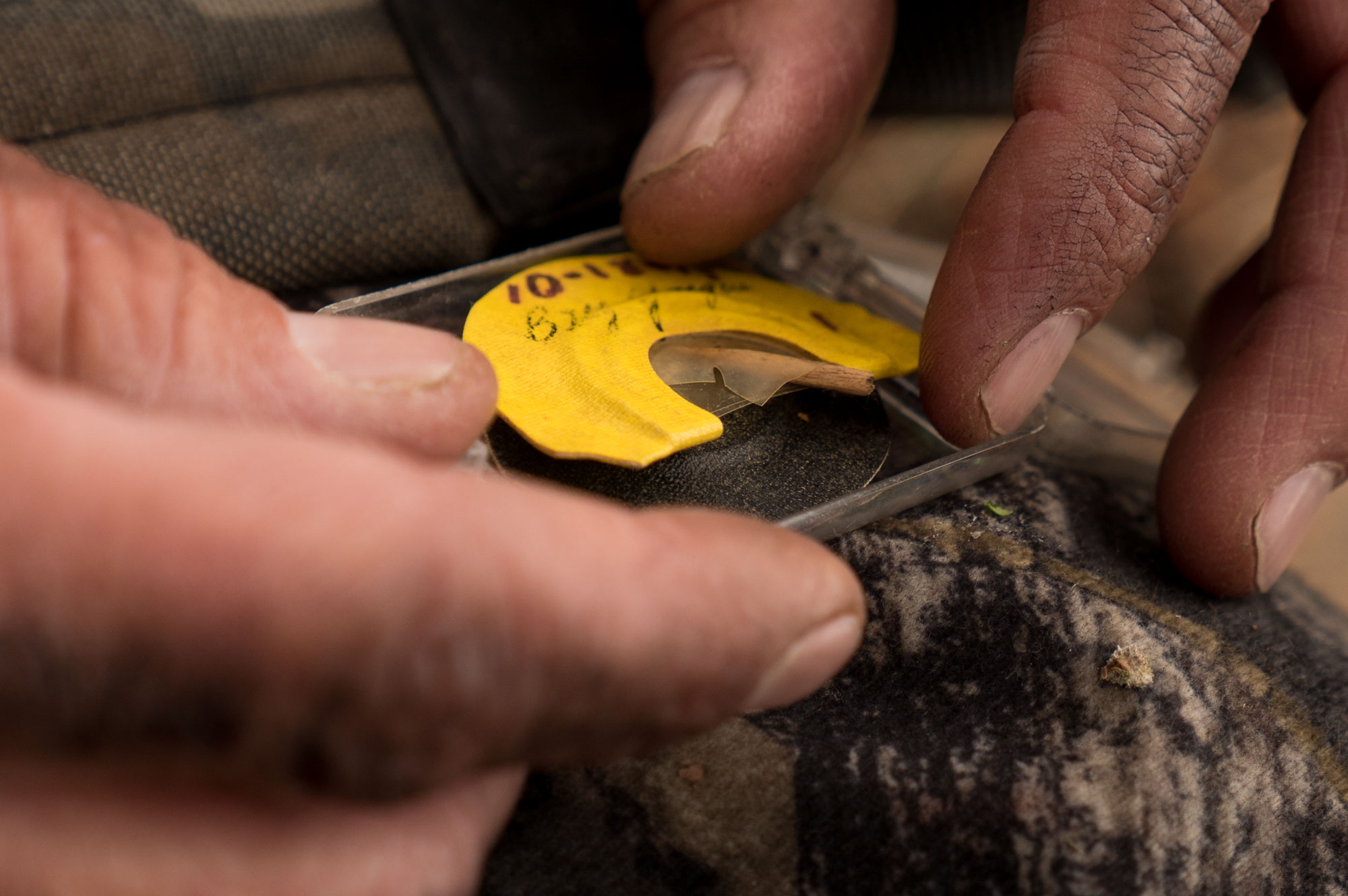Mouth Calls: Reed All About It
Find a mouth call suitable for you by judging these two things: feel and fit.
Everyone's mouth and tongue are unique and different. Modern call makers offer a variety of signature reed cuts. Here's what you need to know.
Reed rules
- Latex or prophylactic reeds are stretched on a metal or plastic frame and then taped to make a mouth call. Some diaphragms include both types of reed materials, in layers.
- Pitch is the degree of tone, high or low, and is controlled by the rate of the vibrations.
- Thinner reeds require less air to run. As a result, the pitch is higher. Thicker reeds demand more calling air. The tone is lower and deeper.
- Fewer, thinner reeds offer softer clucks and yelps. Choose calls with more and thicker reeds for louder calling.
- If the top reed's back and side tension are tight, yelp notes will be higher pitched. If there is less reed tension on your diaphragm, your calling will be lower pitched.
Diaphragm choices
- Good beginner mouth calls have one or two reeds and no cuts. Calling practice will help you with basic yelping fundamentals.
- Diaphragms with multiple reeds and cuts work best for more advanced callers. Raspy cuts also help cover even veteran mistakes.
- Cutters run loud with sharp rasp and cut through wind. Versatile ghost cuts hold sweet, plain yelps and the kee-kees of young fall turkeys. V-cuts, 2 1/2-reed versions, triple-reeds and more will keep you sampling different reed choices.
Reed care tips
Call care is crucial to maintaining diaphragm performance. Treat your reeds with care all season — the top one and the reeds stacked under it.
- After use, rinse diaphragms with mouthwash or tap water.
- Dry them carefully with a paper towel.
- Gently insert a flat toothpick tip between the top and reed underneath.
- Let the mouth call sit and air dry for several hours, but out of the sun.
- Remove the toothpick, again with care.
- Put your mouth call inside the original case.
- Refrigerate them until the next hunt.
Try many styles, use them in hunting situations and try to mimic the vocal turkeys, which are the best teachers.
Offering hands-free calling in hunting situations, mouth calls are perfect finishers when a fired-up gobbler steps into range. Once with fewer, thinner reeds might help you call softer. Running a diaphragm at the same time as a friction call — when turkeys are unseen but vocal — can help you imitate a flock. Stuff your vest with multiple mouth-call options to ensure you're prepared for any hunting situations.
